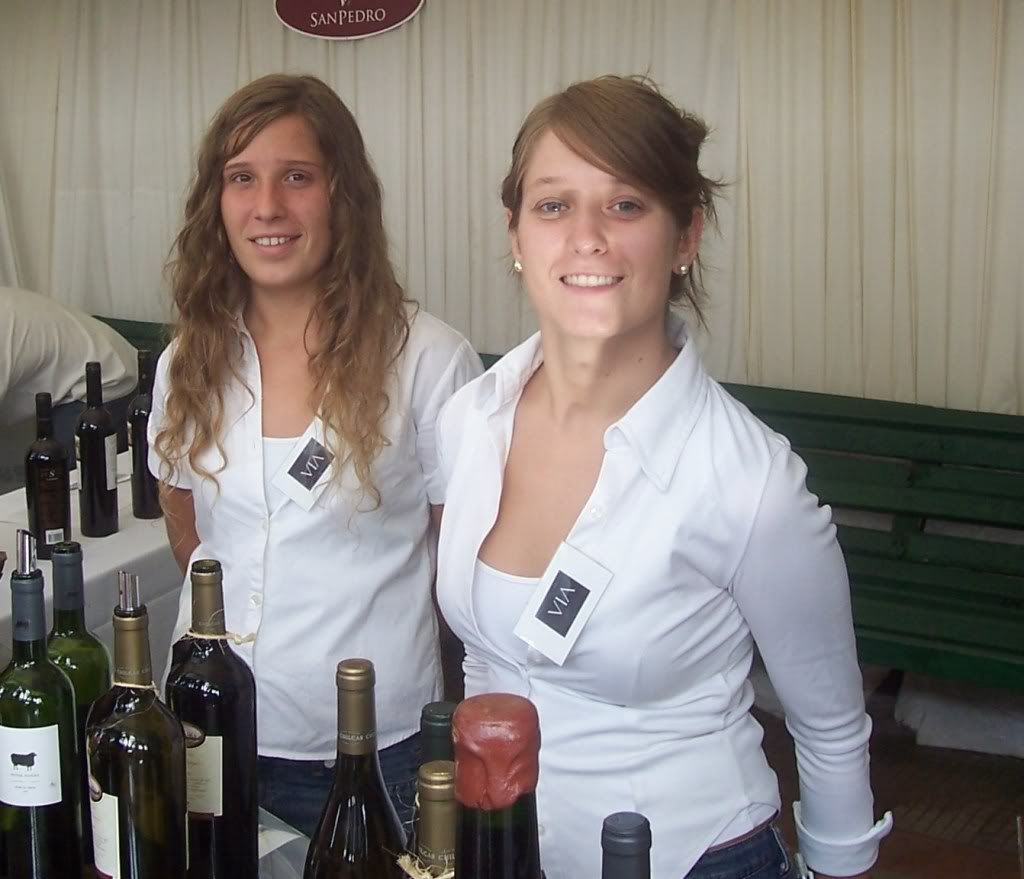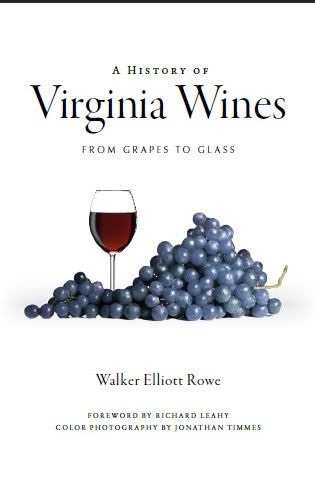As county administrator he had responsibility for the maintenance of the roads. As a poet he was less inclined to do so.----paraphrased from Julian Barnes
Scene: A young suburban couple shopping at a grocery store
Shopper A: Look. This tea is on sale.
Shopper B: Let’s buy it. It’s organic.
Shopper A: Yes, it must be better than that one.
Shopper B: That’s right, because it’s organic.
For Cliff Miller “grass” is a metaphor for all that is good about ranching. While farmers around him break even or lose money selling cattle to grain-finishing feedlots, Cliff’s revenues are up over 20% from last year from the sale of grass-finished beef and lamb and pastured pork that he sells directly to retail customers from his Mount Vernon Farm in Sperryville, Virginia. His secret lies beneath his feet saying, “This is a grass farm. What we are really about is growing grass.”
What is wrong with feeding cows grain (corn, oats) instead of grass? Michael Pollen in “Omnivores Delight” put into print what followers of Alan Nation, editor of “The Stockman Grass Farmer”, and other grass-farming profits like Jo Robinson, author of “Pasture Perfect” have known for years. Cows, lamb, goats are ruminants designed to eat grass and not corn. Ruminants have a special 4-chambered stomach which is designed to break down the cellulose fiber found in grass and leaves. They can consume and in fact thrive from vegetation that other animals would hardly find palatable. Having digested a meal for the first time ruminants regurgitate it, chew it some more, and then digests it again. This is where they old expression “chewing the cud” comes from.
But man, or rather corporations, in their quest for quick profits are impatient with nature. As the documentary film “The Corporation” makes clear their only interest is “the bottom line” so the morals of what they are doing are not a factor in their design. So rather than wait two years as Cliff does to grow cattle to slaughter weight—that is, to “finish them off”—90% of farmers pack them off to the misery of the confined feed lot where they are fed grain, a diet which will kill them as it lowers the pH in their stomach and eventually causes their liver to fail. The feedlot is a downward spiral of discomfort from which they are given antibiotic shots just to keep them alive.
Jo Robinson in her book writes, “Most of our animals today, including cattle, are being ‘finished’ in Concentrated Animal Feeding Operations, of CAFOs—corporate owned, highly mechanized, fuel-intensive factory farms where large numbers of animals are confined in a small amount of space.” Gauchos in the pampas of Argentina--whose vast corn, soybean, and of course cattle production rivals that of the United States—believe the white colored fat of an American grain-fed cow indicates an unhealthy animal preferring their own leaner grass-finished animals. All of these concerns have been shunted aside in the decades head-long rush toward profits that is the corporate farming model.
Here in rolling bucolic
Cliff’s full-time live stock manager, Darren Busét, is a pig farmer from
Mount Vernon Farm practices what is called “management intensive grazing". This basically means Darren sets up and tears down portable electric fencing to move the cattle from one paddock to another every couple of days or more frequently. For example in one 40 acre field, 50 cattle are herded together in one small 1/3 acre moveable paddock. When Darren tears down the paddock the cattle go willingly into the next 1/3 acre enclosure which Darren puts together in about 30 minutes. What they leave behind is a sheen of cattle manure that fertilizes the field. Darren will march the animals across the pasture in this fashion all winter.
Most cattle farmers simply turn their cattle loose into large fields and then feed them hay all winter. Such a wide dispersal of animals does little to fertilize the pasture as their manure is placed haphazardly as they cherry pick the most succulent forage leaving thistles, Johnson grass, and other undesirable weeds in their wake. If you herd the animals together tightly it not only controls the weeds it also lays down manure fertilizer in proper amounts. This improves the pasture and lowers the farmers cost of production as well. Cliff says, “For years this was a traditional farm and we put down whatever [fertilizer] we were told to put down. And we have not put down chemical fertilizer for 8 years.” He doesn’t bale hay either saving the cost of diesel fuel and avoiding a practice which he says takes nutrients away from the soil. He says, “We’re not having to make the hay. We’re not having to feed the hay. We’re not having to spread the manure. That is being done by the cows.” Asked how all this dormant tall fescue grass compares with baled hay he says, “It [the dormant grass] is full of sugar. It tests better even than the best hay, even in February.”
Cliff does not give his animals growth hormones, vaccinations, or dewormers either. He says, “Everything fits together here”. The sheep are rotated behind the cattle. They also naturally kill each other’s worms. We never deworm our cows. And for the last 8 years haven’t vaccinated any animals.” As for the pasture Cliff explains, “The sheep and the cows only compete for about 30% of the grasses. “ In other words, “They don’t eat the same thing.”
Cliff says when you rotate the heard the grass is eaten in what he calls its “adolescent” stage where it is neither too young—so that grazing it would damager the plant--nor too old—in which case it could damage the cow especially if it is so-called endophyte infected fescue which is what dominates the landscape here in Virginia. The result is twofold: the cattle graze the highest quality forage and the field is fertilized with a large dose of manure which causes a flush of growth in the spring. The cattle are then moved on the next spot and the cycle repeats itself.
One problem with all the boutique farms that dot the
In prior years Cliff bought 65 pound piglets from a breeder in Gordonsville and finished them off here. He raised them for about 5 months and then butchered them at 180 pounds. Now he and Darren plan to breed pigs themselves and raise them year round. Pigs are profitable. Darren says old time farmers called pigs “mortgage lifters”. (Note from author: My father raised everything from cattle to tobacco to catfish and eels making money only on hogs he said.) Breeding as prolific as rabbits, pigs can have three litters per year but Darren plans to breed them twice saying it takes “3 months, 3 weeks, and 3 days” for a sow to produce a litter.
Darren explains that the
The pigs here are working animals. Darren explains that, “Every animal on the farm has a job”. The pig’s job is to reclaim the 4 acres of vines and weeds where they are currently living and turn it into pasture. With their firm snout and keen sense of smell pigs root in the dirt turning it over as they look for grubs. Cliff says, “They not only eat grass, like a goat they will east honey suckle, poison ivy, and everything else, which is what we have them doing which is denude the soil.” When they finish cleaning out this area Darren will move them to another and turn their pen into pasture.
As we talk a dozen or so eager reddish brown piglets are munching on grass at our feet and one light colored fellow reaches out so Cliff can pat him on the head. The little pigs are supposed to stay inside the electric fence that contains the boar who is their father and one of the three sows who suckles 10 of them at a time with her two rows of teats. One little fellow is not paying attention and he backs up to the fence with his hind end. The electric fence cracks audibly and the piglet squeals having learned the lesson to respect the hot wire. (The fence is not dangerous. On my farm I am constantly being shocked by the same.)
One reason Cliff’s farm is more profitable while so many area farms are less so is he sells everything retail. He says, “Primarily we sell by the cut. We have buyers clubs at 8 different cities. On the web site in an order form. This past year we did 18 hogs and planning on 30 next year. We did 163 [lamb] last year and probably [will do] 200 for the coming year. For the beef we could have sold twice and we did 18 [will grow to 30].” Asked whether grass-fed beef is tougher than their grain-fed counter parts he says, “ If our meat was tough we wouldn’t sell our filet for $25 per pound. If our lamb was tough we wouldn’t sell 200 of them per year to 500 to 600 people.”








No comments:
Post a Comment